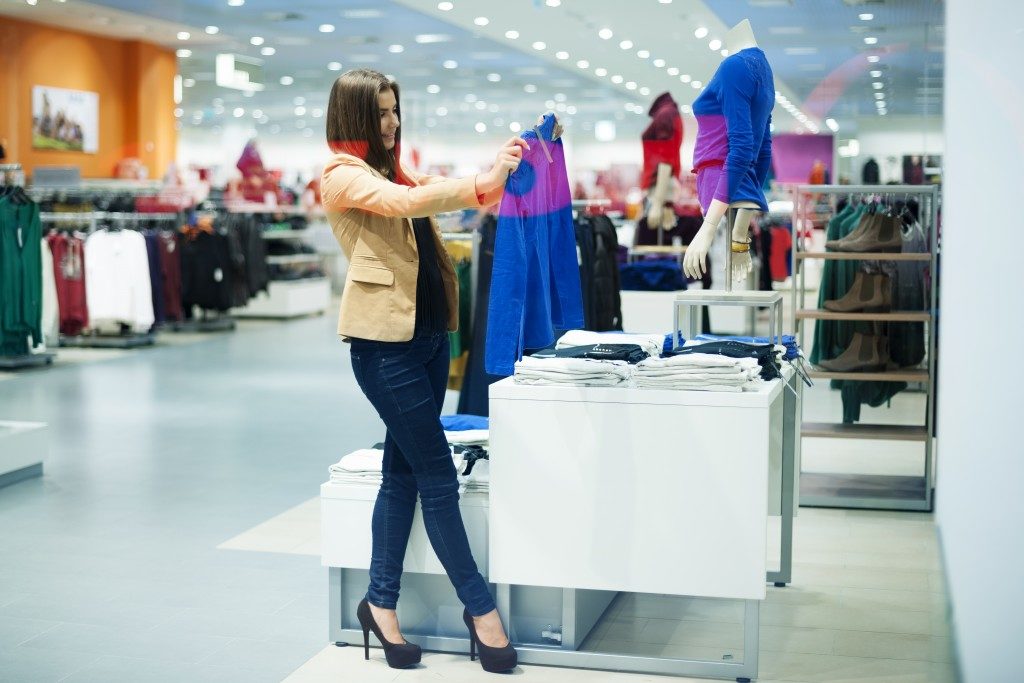An aisle packed full of items may look overwhelming to some, but if properly organised, will be categorised in a manner so you can quickly find what you need. Visual merchandising is a marketing tool incorporating the display of products to appeal to potential customers and encourage them to purchase. The shopfront window, shelving systems in supermarket aisles and industrial glass door refrigerator displays at wholesale suppliers are all part of visual merchandising.
With visual merchandising, goods are put on display to highlight their features and benefits. When you visit a retailer, whether online or at an outlet store, supermarket or boutique shop, they use visual merchandising to entice you to explore their products and encourage you to buy.
Benefits of good visual merchandise
-
Brand recall
The use of good visual merchandise establishes brand identity and recall. Larger chains like Woolworths arrange their stock displays so it is similar in all branches. They use the same arrangements and organisation so that consumers won’t be lost or confused if they visit a different branch. Visual merchandise helps establish the brand’s identity, or signature, that makes a brand stand out from its competitors.
-
Consumer engagement

Eye-catching window and aisle displays attract consumers to check the products themselves. The organisation of the stock creates a positive image of the shopping experience. If the customer doesn’t make a purchase on the first visit, their impression increases the chances of them revisiting the shop in the future.
-
Increase sales
Directing people to what they want helps grow sales for supermarkets and other large retail outlets. Labelled aisles and well-organised displays help people identify where to go as they work their way down the grocery list. Visual merchandising includes the strategic planning of a store layout to increase sales of complementary items. For example, if you buy spaghetti, you may want a bolognese sauce as well. By placing correlating items side by side, you encourage the buyer to pop the related product into their shopping trolley without a second thought. It is a method of proactively identifying what the buyer needs and leading them to more products.
Maximise space
Analysing the fluctuations and flow of foot traffic in a store helps shop owners to identify customer habits and adjust their visual merchandising techniques to improve sales. Seasonal displays mark a fresh start, novelty items encourage impulse buys, easy access and bargains help draw people into the store. Results help identify popular areas and dead spaces; how to make changes to maximise sales at peak times and encourage interest during flat times; when to change displays to excite new visitors or entice loyal customers looking for something different.
Visual merchandising can be as basic or sophisticated as you want; how you utilise it is the skill you need to develop. Marketing professionals are available to help develop an effective visual merchandise strategy, and you can task them to implement the ideas if you want to concentrate on retail.
Using an excellent marketing tool like visual merchandising boosts sales while improving the customer’s buying experience––a win-win situation.

